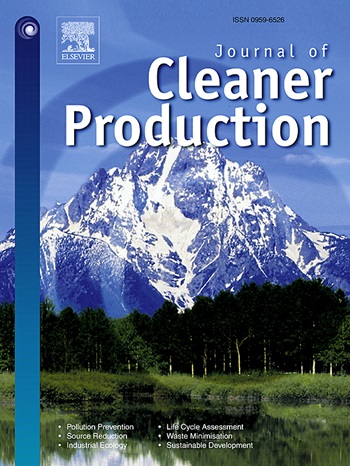An integration model enabled deep learning for energy prediction of machine tools
IF 9.7
1区 环境科学与生态学
Q1 ENGINEERING, ENVIRONMENTAL
引用次数: 0
Abstract
CNC (Computer numerical control) machining has been extensively used in the automation industry. However, dynamic energy consumption process and processing status of machine tools are unclear, which restrict the intelligent development of digital manufacturing equipment. Besides, it is difficult to extract feature of energy consumption and identify stages of working conditions with high quality. To this end, this paper proposed an integration model enabled deep learning for energy prediction of machine tools, which incorporates ensemble learning model and Long-short Term Memory (LSTM) neural network. Firstly, the dynamic characteristics of energy consumption in machine tools was discussed, and a model of energy consumption considering material removal rate (MRR) was constructed, which can be found the influencing factors of machining process. Secondly, the power signal collected was preprocessed by wavelet and then extracted with features manually, which can serve as input value for ensemble model. Moreover, LSTM was proposed to predict the nonlinear curve of power, where XGBoost performed regression analysis forward. Furthermore, the sequential mechanism of energy consumption based on the processing status of machine tools was studied, and a feature-driven model of state recognition was developed based on XGBoost. An example taken by milling process is given to demonstrate that the proposed integration model can predict energy consumption with an average error less than 5%, and the accuracy of state recognition can be improved to 96.8%.
求助全文
约1分钟内获得全文
求助全文
来源期刊

Journal of Cleaner Production
环境科学-工程:环境
CiteScore
20.40
自引率
9.00%
发文量
4720
审稿时长
111 days
期刊介绍:
The Journal of Cleaner Production is an international, transdisciplinary journal that addresses and discusses theoretical and practical Cleaner Production, Environmental, and Sustainability issues. It aims to help societies become more sustainable by focusing on the concept of 'Cleaner Production', which aims at preventing waste production and increasing efficiencies in energy, water, resources, and human capital use. The journal serves as a platform for corporations, governments, education institutions, regions, and societies to engage in discussions and research related to Cleaner Production, environmental, and sustainability practices.
 求助内容:
求助内容: 应助结果提醒方式:
应助结果提醒方式:


